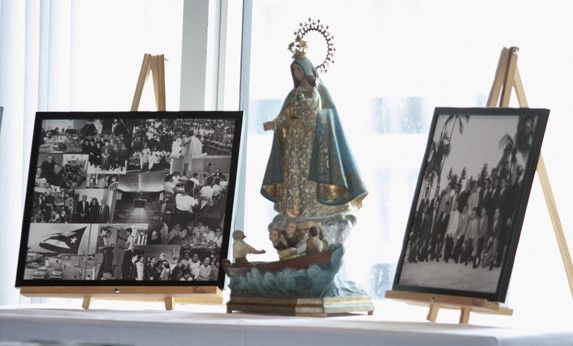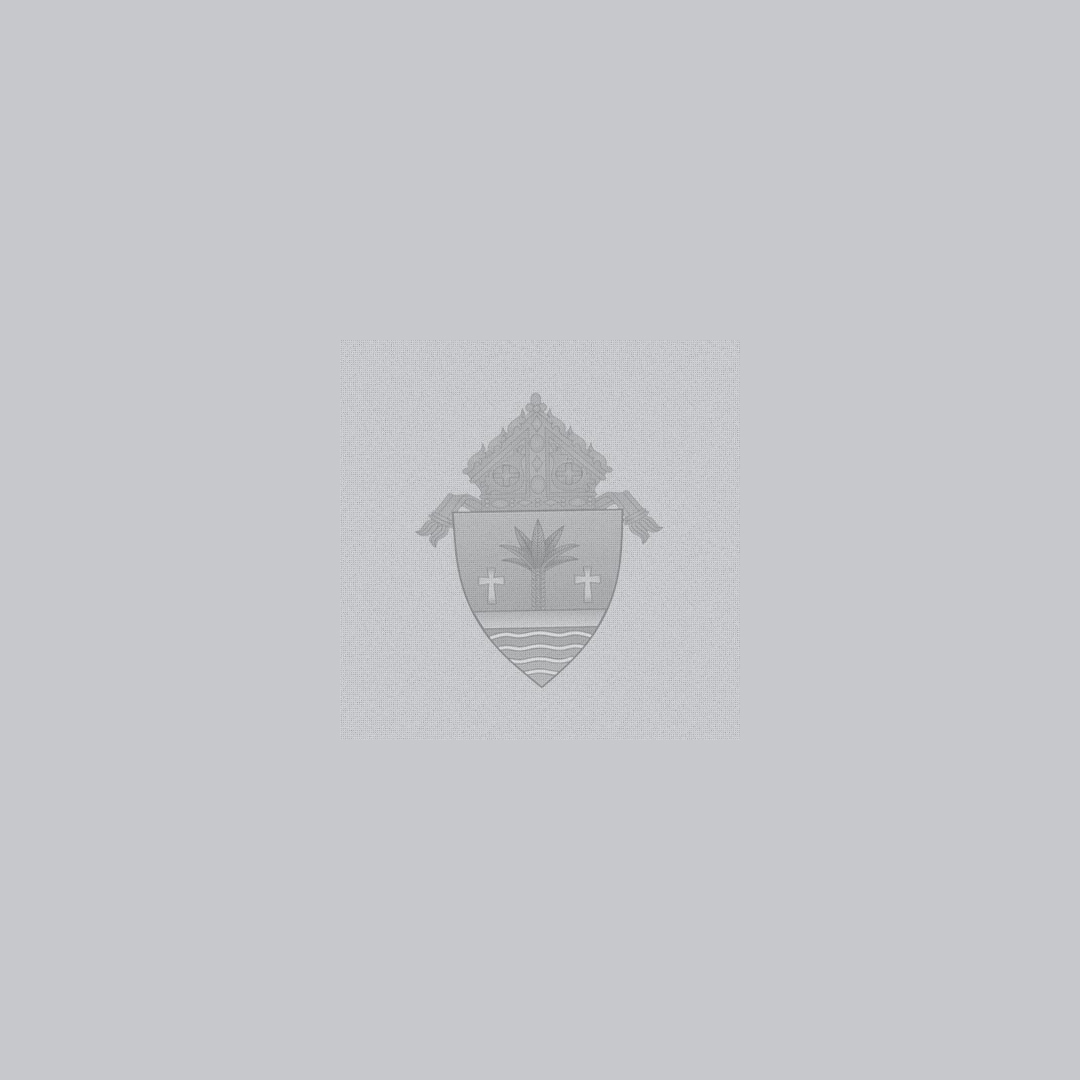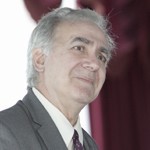
Photographer:
Carlos Eire came to the U.S. at age 11 as part of Operation Pedro Pan, and is now a history professor at Yale and author of two memoirs on his exodus experience: "Waiting for Snow in Havana" and "Learning to Die in Miami."
MIAMI BEACH � It is one of the ironies of history that, despite Cubans� propensity to exaggerate, so few people know about Operation Pedro Pan, the largest child refugee exodus in the Western Hemisphere.
�They think we�re exaggerating, when in fact, we are not. Hardly anyone knows about Pedro Pan still, except for Cubans,� said Carlos Eire, a professor of history at Yale and a child of Pedro Pan who has authored two books on his experience, �Waiting for Snow in Havana� and �Learning to Die in Miami.�
�The silence that surrounds our history is deafening,� Eire told an audience of fellow Pedro Pans gathered for a weekend-long academic conference and reunion marking the 50th anniversary of their exodus � an exodus that began in December 1960 and ended in October 1962, when the Cuban missile crisis shut down direct flights between Miami and Havana.
The date of the conference, Nov. 18-20, coincided with the halfway point of the 22-month-long operation, which spirited more than 14,000 unaccompanied children aged 17 and under out of Cuba and into the United States, with the Catholic Church assuming responsibility for their welfare until they could be reunited with their parents.
The conference brought together about 150 Pedro Pans currently living in South Florida and other parts of the U.S. Its goal was to combine scholarly research with the Pedro Pans� personal experiences and consider the legacy they could pass on to future generations of Cubans.
�We�ve never had something like this before,� said Carmen Valdivia, first vice-president of the board of directors of
Operation Pedro Pan Group, Inc., the organization formed in 1991 by the now-grown children of Pedro Pan. �This is a look back and a look ahead.�
�It�s important that we all leave behind our history for others to read,� said Eire, especially since that history is now being denied by some and �twisted� by others. �We need to prevent situations such as the one that forced our parents to send us away.�
Pedro Pans are currently in the process of videotaping the oral histories of their parents, who sent their children abroad with nothing more than a visa waiver that allowed them to enter the U.S. and blind faith in the Catholic Church. Eventually they hope to videotape their own stories, which some, such as Eire, have already written about.
But were it not for the saga of Elian Gonzalez in 2000, Eire might never have written his first memoir, �Waiting for Snow in Havana.�
For years, he said, he kept his story to himself, even when others in his academic circles would �give me their take on how wonderful the Cuban revolution was. It was too painful.�
Elian, the boy whose mother died at sea attempting to leave Cuba, and whose relatives in Miami subsequently battled for custody with his father on the island, �represented everything to me about our history,� Eire said. �This boy was a symbol. He was me. He was every one of you. He was every Cuban still left in Cuba.�
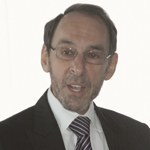
Photographer:
Jose Azel: He came to the U.S. via Pedro Pan and is now senior research associate at the Institute for Cuban and Cuban-American Studies at the University of Miami. He was one of the founders of Pediatrix Medical Group and author of "Manana in Cuba."
Among those who spoke at the conference were:
- Armando Valladares, who served 22 years as a political prisoner in Cuba, during which he authored his first book, �Desde Mi Silla de Ruedas� (From My Wheelchair). Valladares was appointed by President Ronald Reagan as U.S. ambassador to the United Nations� Commission on Human Rights.
- Dermot O�Brien and Roisin Ferry, nephew and niece of Msgr. Bryan Walsh, and Chris Baker, son of James Baker, who reflected on their relatives� legacy;
- Juan Clark, professor emeritus of sociology at Miami-Dade College, who put the Pedro Pan exodus in the context of Cuban history before and after Fidel Castro;
- Several of the self-named Pedros Sin Pan (Pedros Without Pan, a play on the Spanish word �pan� which also means bread), children who obtained visa waivers but did not manage to leave the island until 1980 or later. Many of them were forced to work as teenagers in agricultural labor camps, known by their Cuban initials UMAP, that they say resembled �concentration camps.�
- A representative of each of the three religious groups � Catholic, Jewish and Protestant � represented among the Pedro Pan children.
- Jos� Azel, senior research associate at the Institute for Cuban and Cuban-American Studies at the University of Miami and also a Pedro Pan, who has authored a book on the future of Cuba, �Ma�ana in Cuba.�
�We are perhaps the best proof available of the failure � the awful failure � of the so-called Cuban Revolution,� said Eire. �What would drive parents to send their kids away?�
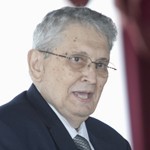
Photographer:
Juan Clark: A veteran of the Bay of Pigs invasion and emeritus professor of sociology at Miami Dade College who has researched the Cuban exodus and living conditions on the island for the past 40 years.
DESPERATION�We cannot really understand the desperation� of balseros (rafters) and Pedro Pan parents, said Clark, until we understand the difference between an authoritarian regime such as Fulgencio Batista�s and a totalitarian regime such as Castro�s.
�At the time of Batista you could be neutral and nothing would happen to you,� said Clark, who was a paratrooper during the Bay of Pigs invasion and was captured and later returned to the U.S. for, as he put, �$50,000 in aspirin and Alka Seltzer.�
Under a totalitarian regime, �the individual sees himself as totally helpless and hopeless. That�s why the individuals decide that it�s better to jump on an inner-tube raft, and that�s why your parents made the decision that they did,� Clark said. �By mid-1960 it was impossible to do anything peacefully against Castro.�
Clark also noted that Cuban parents� worst fear � the withdrawal of patria potestad or the right to raise and educate their children as they saw fit � �never happened formally. But informally it did happen when (Castro) got complete control of the educational system in 1961.�
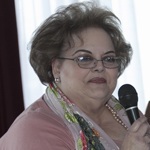
Photographer:
Maria de la Milera: Left Cuba at age 12 and went with her sister to Maryvale Orphanage in Los Angeles where she spent the next four years.
A CHILD�S PLEA�It was not the CIA who came to my house and told (my mother) to send me over here. It was me, who got down on my knees and told my mother, �Please, get me out of here,�� said Maria de la Milera, who was 12 when four Castro supporters � whose lives had been saved a few months earlier by her father � came to arrest him and ransack their house.
The family spent three years in hiding in Havana before de la Milera left for the U.S. as a Pedro Pan. For four years, she lived at the Maryvale orphanage in Los Angeles run by the Daughters of Charity.
�If I tell you it was easy, I�m lying,� she said, noting that the orphanage housed children who came from very dysfunctional families. �I have never been exposed to the situations some of those girls had experienced.�
The sisters who ran the orphanage offered her some advice: �You can teach them that there are normal families whose kids have normal childhoods. They will teach you what you need to know about the life outside here,� de la Milera recalled.
�They helped me understand what my mission in life is, and it is to help others,� she said. �I give thanks to God every day for giving me the experience, and I give thanks to my parents every day for making the decision.�
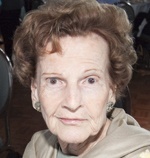
Photographer:
Martha Ortega, 90, was separated for 18 years from her middle son, Eduardo Rabel, who was 16 when she sent him out through Pedro Pan.
A MOTHER�S CHOICEMarta Ortega was separated from two of her three sons for 18 years. Her eldestleft Cuba at 18 and joined the U.S. Army. Her middle child, Eduardo Rabel, was 16 when she sent him to the U.S. with a visa waiver.
Ortega had seen the textbooks her sons were being given in school, and she did not like them.
�All the literature was Maxist-Leninist,� said Ortega, who is now 90.
At the time, she was divorced from her sons� father, who supported the regime in the beginning. �My children are leaving Cuba,� she told him in no uncertain terms, practically forcing him to give his permission.
But only Eduardo got out. Ortega and her youngest son, then 6, had to stay behind.
�I wanted to come with him and my mother. But the October missile crisis came, and I had to stay,� she said.
She and her youngest son finally got out in 1980, during the Mariel boatlift. The years in between, she said, she suffered constant harassment from the government. She lost her job. She was told she could leave but not with her son.
Even her ex-husband � who had re-married � was subjected to reprisals for having given his children permission to leave the island. He managed to get out by flying a small airplane to Miami, but when he returned on a speedboat to smuggle his wife and children out, he was caught. He died in prison.
�I suffered a lot, but I don�t regret what I did. If I had to, I would do it all over again,� said Ortega. Ironically, she added, during those 18 years of separation, �I read a lot of Marxist-Leninist literature.�
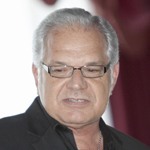
Photographer:
Emilio Izquierdo: Recalled being forced to join the Unidades Militares de Ayuda a la Produccion (UMAP), forced labor camps for teenagers, who were sent to do agricultural work in Cuba's countryside.
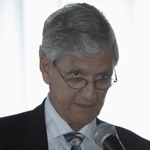
Photographer:
Armando Valladares: A Cuban prisoner of conscience for 22 years, author of many books including his first "Desde Mi Silla de Ruedas" (From My Wheelchair), which he smuggled out of his Cuban prison cell. He served under the Reagan administration as U.S. Ambassador to the United Nations Commission on Human Rights.
WORSE FATEIn his brief remarks, Valladares praised the thousands of moms and dads such as Ortega for their �love and self-sacrifice � thinking only of saving their children.�
If you had stayed, he told the Pedro Pans, �Many of you would have ended up in prison. Others would have been put to death by the firing squads.�
�What we lacked most was hope,� said Maria Argelia Vizcaino, one of the 80,000 children left holding visa waivers when the airlines stopped flying between Miami and Havana. �Many were sent to Russia and other socialist countries. � Our parents had no right to choose our schools or what we were learning.�
Emilio Izquierdo, who was sent to the agricultural labor camps for being �negative to the revolutionary process� and now heads the Asociaci�n UMAP, a group for veterans of the camps, said, �Even though we laugh about it now, it was a true horror story.�
He added that �there were not only 14,000 Pedro Pans, not only 25,000 or 30,000 who were sent to UMAP,� but thousands more who, for the sake of their children, opted to risk their lives at sea during Mariel and subsequent exoduses from Cuba.
�We are hundreds of thousands of Pedro Pans,� Izquierdo said.
Photos by Ana Rodriguez-Soto | FC
